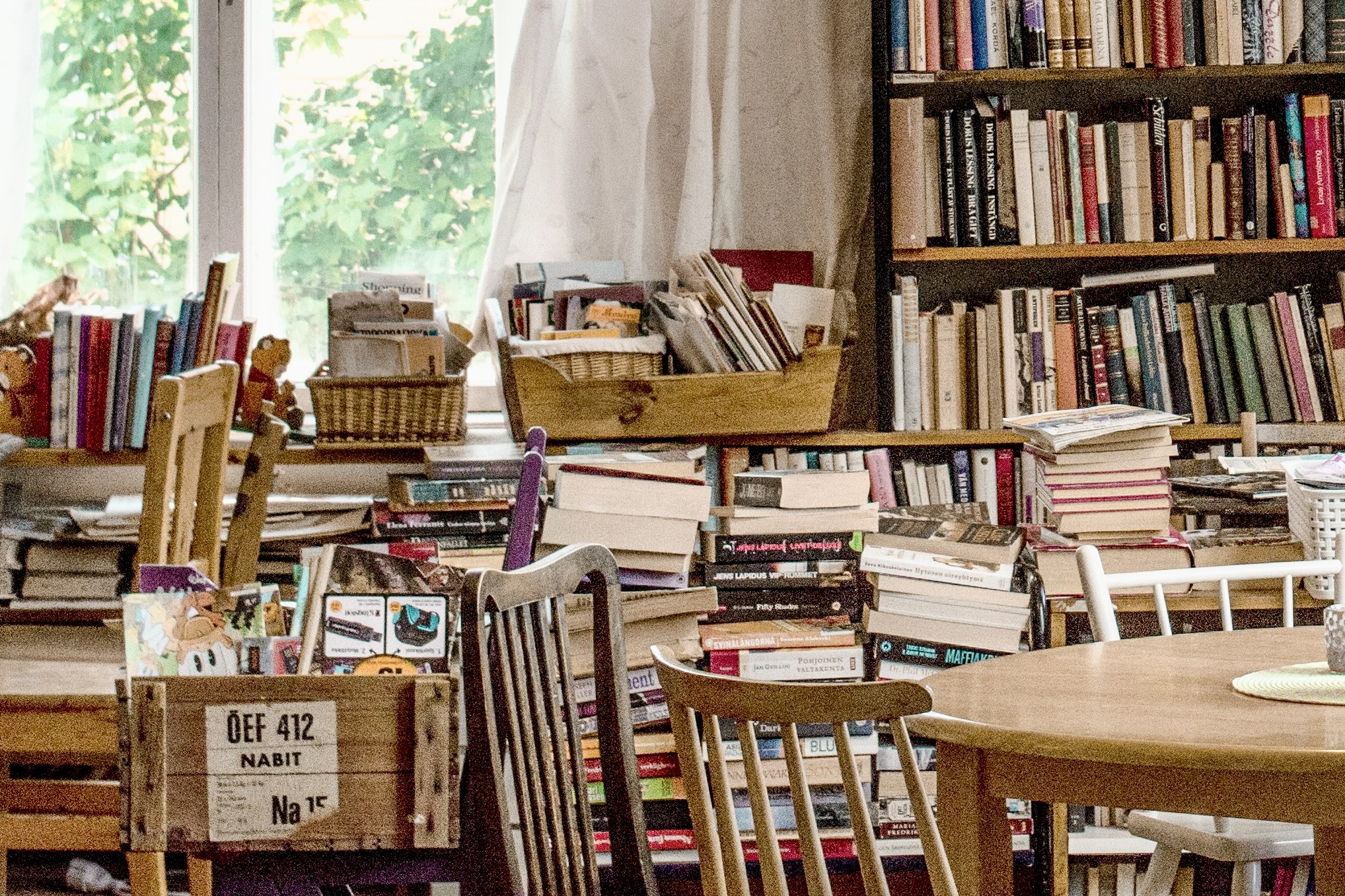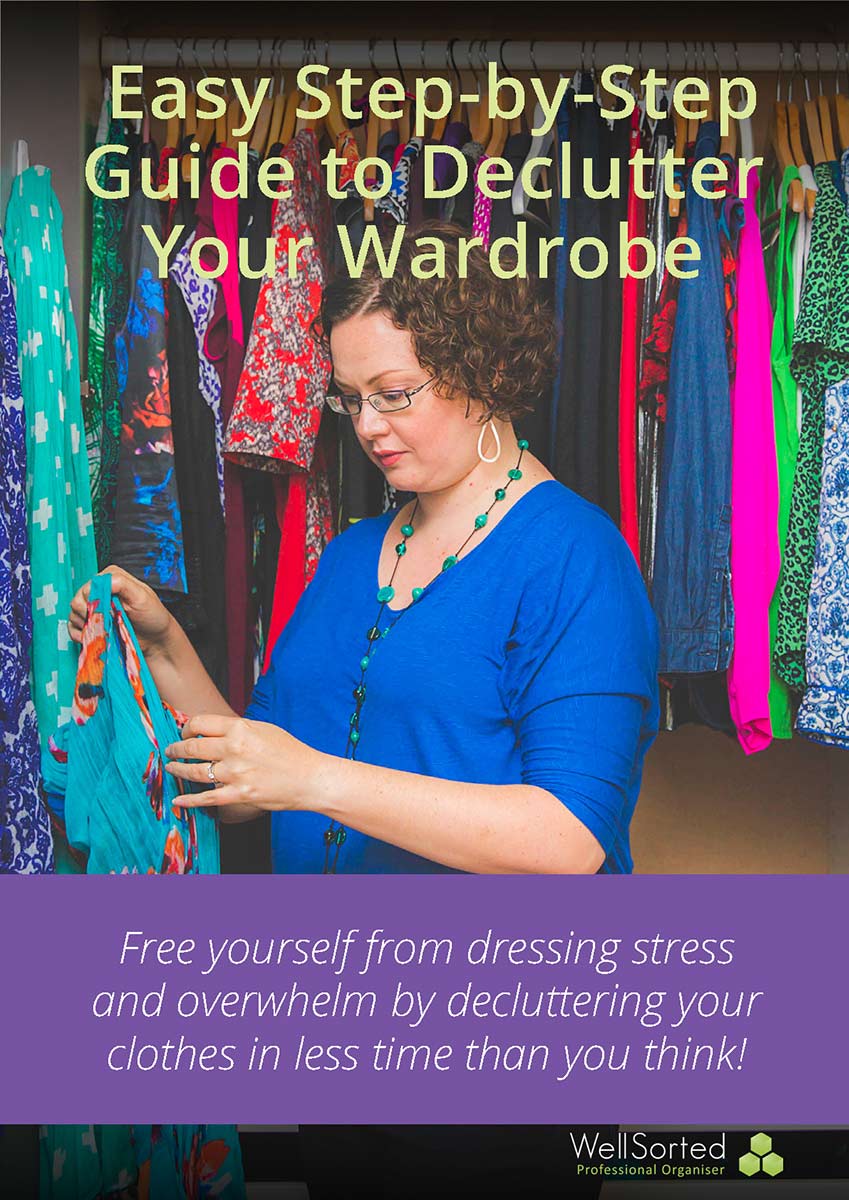As a professional organiser, I often hear people throw the words “clutter,” “collection,” and “hoard” around a lot. Some have said “my stuff isn’t clutter or hoarding, it’s a collection because it’s cool”. While these words might be used interchangeably, there are subtle differences. Adding in our feelings towards our possessions, like if it’s cool or not, adds an extra dimension. Let’s go over some definitions.
Clutter: What It Is and How It Impacts Your Life
Clutter is covering or filling a space with an untidy collection of things. It could also refer to items lying around in an untidy state, creating a sense of disarray. I like to use Peter Walsh’s definition of clutter – Anything getting in the way of you living the life you want to lead (be that possessions, tasks on your to do list, relationships, habits, beliefs and more).
Collecting: Organised Pleasure or Investment?
A collection is an organised group of objects acquired and maintained for study, exhibition, or personal pleasure. A collection of comic books, Barbie dolls, coins and so on. Often those with a collection feel like it has significant monetary value, but not always. As the definition states, it could be for pleasure.
Hoarding: More Than Just Accumulation
A hoard is a broader term and is the act of accumulating money or valued objects, often hidden or stored away. This can be illustrated by collectors who amass thousands of antiques, demonstrating that anyone can fall into the category of having a hoard.
Hoarding Disorder however is a distinct mental health condition characterised by distress or anxiety when parting with, or considering parting with, items. People with Hoarding Disorder tend to acquire a significant number of things. Occasionally sorting them into categories, but not always distinguishing between valuable items and general rubbish. It’s crucial to dispel the misconception that hoarding solely involves keeping useless items.
For those interested in a bit more information on Hoarding Disorder (as shared on Psychiatry Org), hoarding disorder is the persistent difficulty discarding or parting with possessions, regardless of their actual value. This difficulty is due to a perceived need to save the items and to the distress associated with discarding them. The difficulty discarding possessions results in the accumulation of possessions that congest and clutter active living areas and substantially compromises their intended use. If living areas are uncluttered, it is only because of the interventions of third parties (e.g., family members, cleaners, or the authorities). The hoarding causes major distress or problems in social, work or other important areas of functions (including maintaining a safe environment for self and others).
If you think this sounds like you then you may benefit seeking assistance from a psychologist or counsellor. Sometimes working with one of these professionals in conjunction with a professional organiser can lead to mental and physical decluttering support to navigate the challenges of letting go.
Let’s take all of this a step further. On my WellSorted Facebook page, I’ve had people comment that a ‘hoard’ isn’t a ‘hoard’ if it’s cool. This adds an intriguing layer to the discussion.
Adding Subjectivity to the Equation
While the above definitions may draw lines between hoarding, collecting, and clutter, the element of coolness introduces a subjective twist. A hoard, traditionally seen as a large accumulation of items, might take on a different light when those items are considered cool or valuable.
Blurred Lines: Curated Hoards vs. Collections
Consider a collector with a trove of vintage records, classic comic books, or unique artifacts. The act of amassing these items may not fit the stereotypical image of a hoard (and probably not Hoarding Disorder). Especially when the items are curated with passion and care. This example makes the distinction between a hoard and a curated collection blurred.
Redefining Relationships with Possessions
What if you were to add to the mix that the volume of items kept made it difficult to use their house for its designated function? Or, if the person collecting it thought it was ‘cool’ and then their neighbour of family didn’t? It raises the question about the role of personal taste in defining our relationships with possessions.
Clutter, typically associated with disarray and disorder, also undergoes a transformation when the items involved are perceived as cool, valuable or aesthetically pleasing. What might seem like a cluttered room to one person might be a curated haven of eclectic treasures to another.
The idea of coolness introduces an element of subjectivity that challenges conventional definitions. It gives us the opportunity to reevaluate our perspective on possessions, their value, and how we keep them (or collect them). We may recognise that personal passions and interests can influence how we value our possessions and if we consider it a collection. I wonder if any of us consider our possessions a ‘hoard’ or if we all think our ‘hoard’ is a collection….
Reevaluating Our Belongings
Whether it’s a carefully curated collection or a pile of items considered cool, understanding the personal significance behind our belongings plays a pivotal role in shaping our living spaces. As we navigate the fine line between clutter and collection, the cool factor adds a layer of complexity that invites us to rethink traditional notions and embrace the uniqueness of our individual preferences.
If you think you have a collection, why not take some time to gather it together or store or display it with pride (if you haven’t already). Consider if the volume of it, makes it harder to live in your home more effectively. Jump on the WellSorted Facebook Group to share a picture of your clutter, collection or ‘hoard’.







